How to Win with White Pieces?
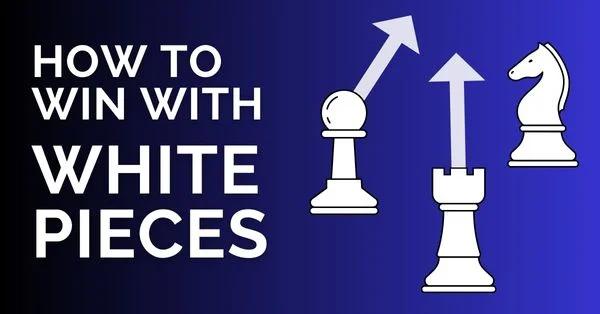
How to win with white pieces? In chess, the right to start first gives White more possibilities for grabbing space, developing pieces, and seizing the initiative. But overall, Black is successful at equalizing the chances in the opening.
That leads to the question: how should you approach the game to win more often with White pieces?
In this article, we will discuss various opening strategies you can employ in your games to use the advantage of playing with White.
How to Win with White Pieces: Play the Main Lines
The most obvious way is to play principled chess. This way you don’t shy away from a theoretical battle; instead, you try to enter and win it. It requires a deep knowledge of many theoretical computer lines. This approach often gives White an advantage out of the opening, which the player later needs only to convert.
The most notable adherent of this approach was Garry Kasparov. He won a lot of great games thanks to his remarkable opening preparation. It was extremely hard to compete with him in knowledge.
To win games with White with this approach, you have to spend a lot of time preparing openings beforehand. Choose complex lines and study them thoroughly.
What are the advantages of this approach?
- Deep opening knowledge can result in many easy wins for you.
- You become a dangerous opponent to anyone.
- Top-notch preparation can compensate for some of your chess weaknesses.
- You can save much time on the clock thanks to the opening knowledge.
What are the drawbacks?
- It requires much hard work to get your openings to that level.
- It is easy to forget your preparation if you don’t review it often.
- The preparation can get old because new ideas keep appearing.
- Your opponent might be ready to face the main lines.
Overall, this approach can be rewarding, but it also requires much work from you.
In Round 6 of the last chess Olympiad in Chennai, Fabiano Caruana decided to play one of the modern main lines against the Sicilian Najdorf of Parham Maghsoodloo.
Caruana, Fabiano (2783) – Maghsoodloo, Parham (2701) [B90]
Olympiad-44 Chennai (6.1), 03.08.2022.
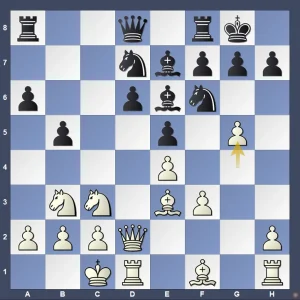
Seemingly, the first 12 moves portended an exciting game full of tactical sacrifices and creative decisions by both players. But it would be the case around 40 years ago. Nowadays, it is a thoroughly inspected theoretical position, and both players knew it quite well. Of course, Black could end up in big trouble had they come to the board unprepared.
The game kept following a trodden path until move 25 when the Iranian grandmaster played a novelty 25…Qh4.
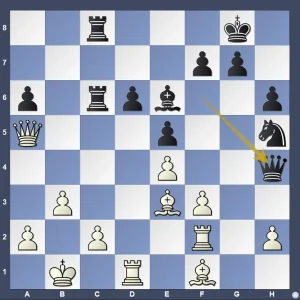
Since the move was not the best, we can presume it was the end of Black’s preparation. Apparently, Fabiano Caruana was prepared better than his opponent. His advantage kept growing until, several moves later, it became decisive. He won a nice game, and his deep opening knowledge was a great help to that.
How to Win with White Pieces: Choose the Most Aggressive Lines
The idea here is to choose the variations where the cost of a mistake for your opponent is very high. This approach is for brave attacking players who don’t shy away from big fights.
What are the advantages of playing the most aggressive lines?
- It often leads to beautiful and quick victories.
- It will give great results against those who don’t know openings well.
- It can compensate for your issues with positional and strategic aspects of chess.
- Your games will be more entertaining.
What are the drawbacks of playing the most aggressive lines?
- It mostly suits tactical players.
- It is not solid. You can win many games but also lose a lot.
- You should remember many complicated variations.
This is a good approach, but it mostly suits attacking players.
Marc Esserman, an International Master from the US, is considered one of the prominent experts in the Smith-Morra Gambit from White’s side. In 2011, he managed to beat a strong Dutch grandmaster Loek van Wely with it.
Esserman, Marc (2453) – Van Wely, Loek (2683) [B21]
US Open–112 Orlando (3), 03.08.2011.
1.e4 c5 2.d4 cxd4 3.c3 The Smith-Morra Gambit. 3…dxc3 4.Nxc3 Nc6 5.Nf3 e6 6.Bc4 a6 7.0–0 Nge7 8.Bg5 f6 9.Be3 Ng6 This setup has been one of Black’s most popular options. 10.Bb3 b5 11.Nd5!
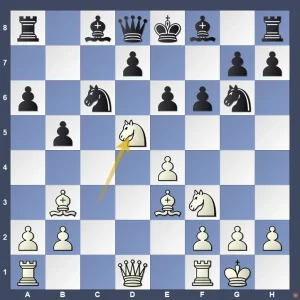
Here came a surprise. This strong sacrifice disrupts Black’s development and wins time for the rest of White’s army. Modern engines suggest that Black should reject the gift with 11…Rb8. In the game, van Wely accepted the sacrifice and lost in 26 moves. You can watch the whole game below.
How to Win with White Pieces: Surprise Your Opponents
If you can surprise your opponent, that is the best. Let’s look at an example.
At the last US Championship, young Liang Awonder managed to beat legendary Levon Aronian with White pieces. Levon is a big opening expert; with Black pieces, he usually replies to 1.e4 with 1…e5 and has a lot of experience in the arising positions. Nevertheless, while preparing for the game, Liang noticed that Levon had never met the Scotch Gambit. That’s when he came up with the idea to surprise his formidable opponent.
Liang, Awonder (2608) – Aronian, Levon (2755) [C44]
USA-ch Saint Louis (5), 09.10.2022.
1.e4 e5 2.Nf3 Nc6 3.d4 exd4 4.Bc4 The Scotch Gambit. 4…Bc5 5.Ng5 Nh6 6.Nxf7 Nxf7 7.Bxf7+ Kxf7 8.Qh5+ g6 9.Qxc5 d5
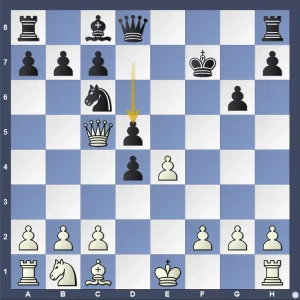
This variation is known since Paul Morphy’s times, and it is not surprising Levon knew how to play this far. Awonder came up with a novelty 10.c3, but it only led to a transposition after 10…dxe4 11.0–0. Here 11…Qd6! was a strong move, but Levon decided to play more ambitiously and after 11…Re8 12.cxd4 Qxd4 13.Qg5 Nb4 14.Bd2 Qd6 15.Nc3,
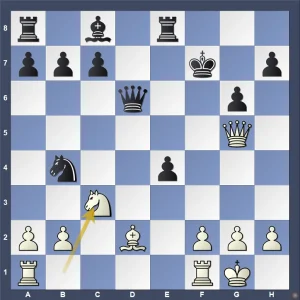
White already got a nearly-winning position. Black’s king is vulnerable, and White’s pieces are joining the attack quickly. Black resigned on move 32.
We can see how important it was for White to come up with a surprise in this game. It allowed Awonder to play more precisely and confidently in the opening stage and provoked Black’s mistakes.
How to Win with White Theory: Avoid Theory
The above-discussed strategies focus on getting an upper hand thanks to the opening knowledge. Nevertheless, it often happens that your opponent is too well-prepared. It is possible they know all the main lines, and you can’t think of any surprises you could stun them with. Alternatively, it could be that you feel you are a better player in general, and competing in the knowledge of computer lines doesn’t seem like a wise idea to you.
In both cases, it makes sense to avoid theory and try to outplay them later in the game. You don’t need to get a winning or better position out of the opening. The best scenario for you is if you understand the arising positions better than your opponent.
What are the advantages of avoiding theory?
- Your opponent won’t play the computer strength in the opening.
- Your opponent can go completely off the rails in an unfamiliar position.
- You avoid forced lines and get to play chess.
- Fresh positions are more interesting to play.
What are the drawbacks of avoiding theory?
- It can be very hard to play for both your opponent and you.
- You can’t know for sure what your opponent knows and doesn’t know before the game.
This approach is good if you play someone who knows openings well.
The first five games of the World Championship match 2021 between Magnus Carlsen and Ian Nepomniachtchi ended peacefully. The contender showed himself extremely well-prepared in the opening stage. That is why in game 6, Magnus Carlsen decided to avoid theory and get a game.
Carlsen, Magnus (2855) – Nepomniachtchi, Ian (2782) [D02]
World-ch Carlsen-Nepomniachtchi Dubai (6), 03.12.2021.
1.d4 Nf6 2.Nf3 d5 3.g3 e6 4.Bg2 Be7 5.0–0 0–0 6.b3
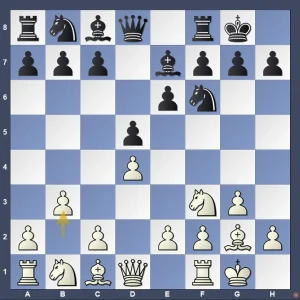
A rare move. White avoids entering the main lines and relies on their middlegame understanding. 6…c5 7.dxc5 Bxc5 8.c4!? Completely stirring the game out of any theoretical battle. The more common was 8.Bb2. Of course, Magnus had analyzed this line before entering it. Nevertheless, it was more about getting a game than trying to win out of the opening. Such an approach has proved extremely rewarding for the world champion throughout his career. The game featured a ton of tense moments and eventually ended with Carlsen’s victory on move 136.
You also might like 10 Reasons to Play with a Plan and Queen’s Endgame.
Conclusion
White moves first in chess, which ensures their initiative at the beginning of the game. Different players prefer different ways of using this advantage. You can try to play the best moves possible and be an opening expert or try to avoid theoretical battles as a whole. Both approaches have pros and cons in the long run. It is better to choose depending on your preferences and your opponents’ weaknesses.




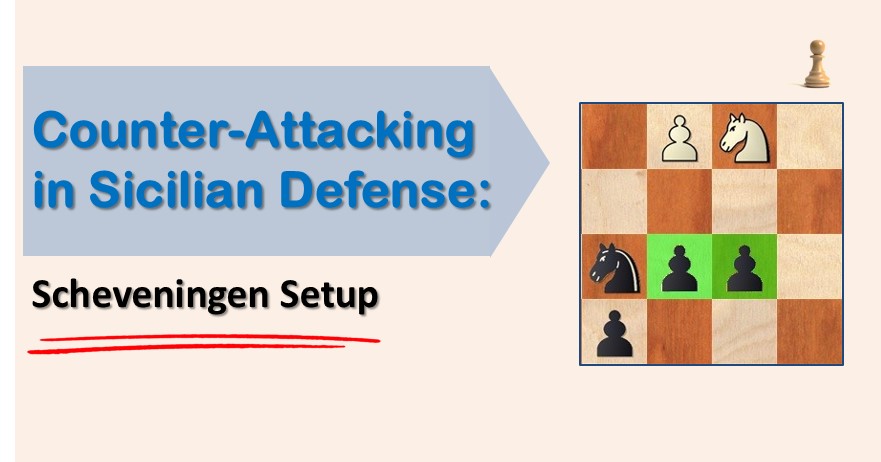
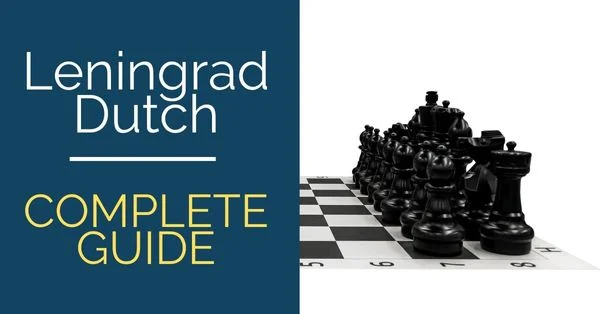




Comments: